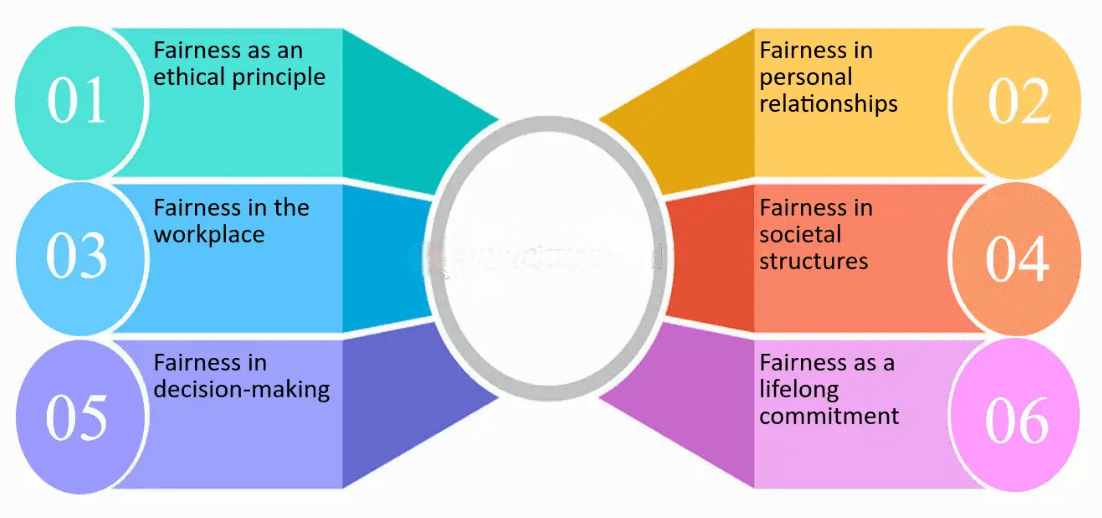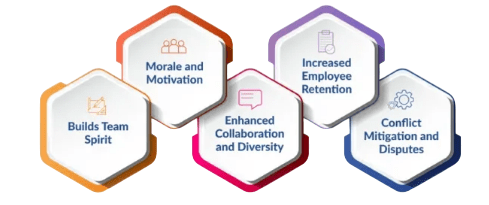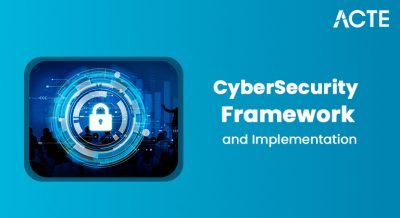
- Introduction to HRM
- Principle of Fairness
- Principle of Transparency
- Principle of Equity
- Principle of Employee Welfare
- Principle of Labor Management Cooperation
- Principle of Development
- Conclusion
Introduction to HRM
Human Resource Management (HRM) is a vital function within any organization, dedicated to managing and developing the workforce to align with the company’s goals. It encompasses a broad range of activities including recruitment, training, performance evaluation, compensation, employee relations, and ensuring compliance with labor laws. The central objective of HRM is to optimize employee performance while fostering a positive and supportive work environment. When HRM is effective, it significantly boosts employee engagement, satisfaction, and productivity, which are essential factors for an organization’s overall success. In addition to managing day-to-day employee needs, HRM plays a strategic role in shaping the organization’s culture and long-term growth. It recognizes human capital as a critical asset that drives business success. The HR department collaborates closely with leadership to design organizational structures, develop talent pipelines, and implement policies that support business objectives. This strategic approach helps companies adapt to changing market conditions and remain competitive. Modern HRM practices have evolved to include data-driven decision-making, which enables more precise workforce planning and talent management. There is also an increased focus on enhancing the employee experience, ensuring that employees feel valued and supported throughout their employment journey. Proactively managing talent, including identifying high potentials and fostering continuous learning, is now a key priority in HRM. By integrating these practices, HRM not only addresses traditional administrative functions but also contributes to building a resilient, agile, and motivated workforce that can sustain business growth in a dynamic environment.
Principle of Fairness
The principle of fairness in Human Resource Management (HRM) is fundamental to creating a work environment where all employees are treated equally and justly. Fairness means that decisions related to hiring, promotions, salary increases, and disciplinary actions are made without bias, discrimination, or favoritism. This principle helps ensure that every employee has an equal opportunity to succeed and grow within the organization. When fairness is practiced consistently, it builds trust and respect between employees and management, which are crucial for a healthy and productive workplace culture. Fair treatment of employees positively impacts morale by making individuals feel valued and respected. This sense of fairness encourages loyalty and commitment, reducing turnover and workplace conflicts. It also minimizes grievances and complaints, allowing the organization to focus more on achieving its goals rather than addressing disputes. In essence, fairness fosters a more cohesive and motivated workforce, which contributes directly to improved performance and organizational success. To uphold fairness, organizations must implement clear and transparent policies that guide all HR decisions. Regular training sessions on unbiased decision-making help managers and HR department professionals recognize and overcome their own unconscious biases.

Additionally, providing equal opportunities for all employees, regardless of gender, race, religion, age, or other personal characteristics, is essential. By embedding fairness into its culture and practices, an organization not only complies with legal requirements but also promotes inclusivity and respect, strengthening its reputation and long-term sustainability.
Principle of Transparency
- Openness: Transparency starts with sharing information openly and honestly. This means not withholding important facts or details. Openness helps build trust because people feel they are being told the whole truth.
- Clarity: Information should be communicated clearly and simply. Avoiding technical jargon or ambiguous language ensures that everyone understands the message.
- Accessibility: Principle of Transparency requires that relevant information is easily accessible to those who need it. This involves providing timely updates through appropriate channels, ensuring no one is left out or uninformed.
- Accountability: Being transparent means accepting responsibility for one’s actions and decisions. When individuals or organizations own their choices openly, it increases their credibility and trustworthiness.
- Consistency: Transparency is not a one-time act but an ongoing process. Providing regular updates and maintaining consistent communication prevents rumors and misinformation from spreading.
- Honesty about Limitations: True transparency includes admitting when all the facts are not known, or when mistakes have been made. This honesty about limitations builds integrity and manages expectations realistically.
- Respect for Privacy: While transparency promotes openness, it also requires respecting confidentiality. Sensitive or private information must be protected to maintain ethical standards and trust.
- Fairness in Treatment: Equity ensures that all individuals receive fair and just treatment according to their circumstances rather than applying uniform rules rigidly.
- Justice Beyond Law: It supplements strict legal rules by considering fairness, conscience, and morality to achieve just outcomes when the law is insufficient or harsh.
- Flexibility: Equity is flexible and adapts to unique situations, allowing courts to provide remedies tailored to specific cases rather than relying solely on rigid statutes.
- Equality and Balance: It balances competing interests and prevents one party from taking unfair advantage over another, promoting Principle of Equity in relationships and transactions.
- Remedies in Equity: Equity provides special remedies like injunctions, specific performance, rescission, and rectification, which are not available under common law.
- Good Faith Requirement: Parties involved in equitable cases must act in good faith and with clean hands; a person cannot seek equitable relief if they have acted unfairly or dishonestly.
- Prevention of Unjust Enrichment: Equity prevents individuals from benefiting unfairly at another’s expense by enforcing principles such as trusts, fiduciary duties, and restitution.
- Mutual Respect and Trust: Both labor and management must respect each other’s roles and work together with trust to achieve common goals.
- Open Communication: Honest and continuous communication between workers and management helps to resolve conflicts early and fosters better understanding.
- Shared Goals: Labor Management Cooperation is built on aligning the objectives of both parties, such as improving productivity, workplace safety, and employee satisfaction.
- Collective Problem Solving: Labor and management should work as partners to identify problems and find solutions collaboratively rather than through confrontation.
- Fair Treatment and Equity: Management must treat workers fairly, ensuring just wages, safe working conditions, and respect for workers’ rights to promote goodwill and loyalty.
- Conflict Resolution Mechanisms: Establishing agreed-upon procedures for handling disputes such as negotiations, mediation, or arbitration prevents escalation and maintains harmony.
- Long-Term Relationship Building: Cooperation is not just about solving immediate issues but building a long-lasting, stable relationship that benefits both labor and management.
Principle of Equity

Principle of Employee Welfare
Employee welfare is a fundamental principle in Human Resource Management that focuses on promoting the overall well-being and health of employees. It aims to ensure that workers operate in a safe, supportive, and positive environment, which goes beyond just physical safety to encompass mental health, job satisfaction, work-life balance, and career development opportunities. When organizations prioritize employee welfare, they demonstrate care and commitment to their workforce, which in turn enhances employee engagement, motivation, and productivity. A comprehensive approach to employee welfare involves implementing various policies and initiatives designed to improve the quality of life for employees. For example, providing healthcare benefits ensures employees have access to medical care and feel secure about their health needs. Promoting mental health awareness helps reduce stigma and encourages employees to seek support when needed, fostering a healthier workplace atmosphere. Flexible work schedules allow employees to balance personal responsibilities with professional demands, reducing stress and increasing job satisfaction. Additionally, maintaining a safe and comfortable working environment minimizes accidents and creates a space where employees can focus on their tasks effectively. Investing in employee welfare yields multiple benefits for organizations. It reduces absenteeism by keeping employees healthier and more engaged. Lower turnover rates result from employees feeling valued and supported, leading to greater loyalty. Furthermore, a culture that emphasizes care and support attracts top talent and enhances the organization’s reputation. Ultimately, focusing on employee welfare contributes to building a resilient and productive workforce, which is essential for long-term organizational success.
Principle of Labor Management Cooperation
Principle of Development
The principle of development in Human Resource Management emphasizes the importance of providing employees with opportunities for both professional and personal growth. This principle recognizes that investing in employee development is essential for maintaining a skilled, motivated, and engaged workforce. Development opportunities can take many forms, including training programs, career development plans, mentorship, workshops, and continuous learning initiatives. By offering these resources, organizations help employees enhance their knowledge, improve their skills, and prepare for future roles within the company. Organizations that prioritize employee development benefit in several ways. A well-trained workforce is more capable of adapting to changes and overcoming challenges, which is critical in today’s fast-paced and constantly evolving business environment. Employees who feel supported in their growth tend to be more motivated and loyal, reducing turnover and increasing productivity. Furthermore, development initiatives help identify and nurture high-potential employees, creating a strong talent pipeline for leadership and specialized positions. The principle of development also encourages a culture of lifelong learning, where employees are inspired to continuously seek knowledge and take on new challenges. This culture fosters innovation and creativity, as employees apply new skills and ideas to their work. By cultivating an environment where growth is valued, organizations can stay competitive and agile. Ultimately, the principle of development ensures that both employees and the organization thrive together, making it a critical component of long-term business success.
Conclusion
Human Resource Management (HRM) plays a vital role in the overall success of any organization by effectively managing its most valuable asset, its people. By adhering to key principles such as fairness, transparency, equity, and employee welfare, HRM creates a work environment that promotes productivity, employee engagement, and sustainable growth. Fairness and transparency build trust and respect between employees and management, while a focus on employee welfare ensures that workers feel supported both physically and mentally. These factors contribute to higher morale and commitment, which are essential for long-term success. Moreover, principles like labor-management cooperation, team spirit, and delegation foster a collaborative culture where employees work together toward common goals. Encouraging teamwork and sharing responsibilities not only improves efficiency but also strengthens relationships within the workplace. Performance appraisals and development initiatives ensure that employees remain aligned with organizational objectives and have opportunities to grow professionally. This continuous development helps retain talent and prepares employees for future challenges. Effective change management is another critical aspect of HRM, helping organizations navigate transitions smoothly and maintain workforce resilience. Change can be disruptive, but with strong HRM practices, employees are guided through the process with clear communication and support. In conclusion, HRM practices is much more than simply managing the workforce; it is about creating an environment where employees feel valued, supported, and motivated. By following these principles, HR department builds a strong, adaptable, and high-performing workforce that drives organizational excellence and long-term success.



